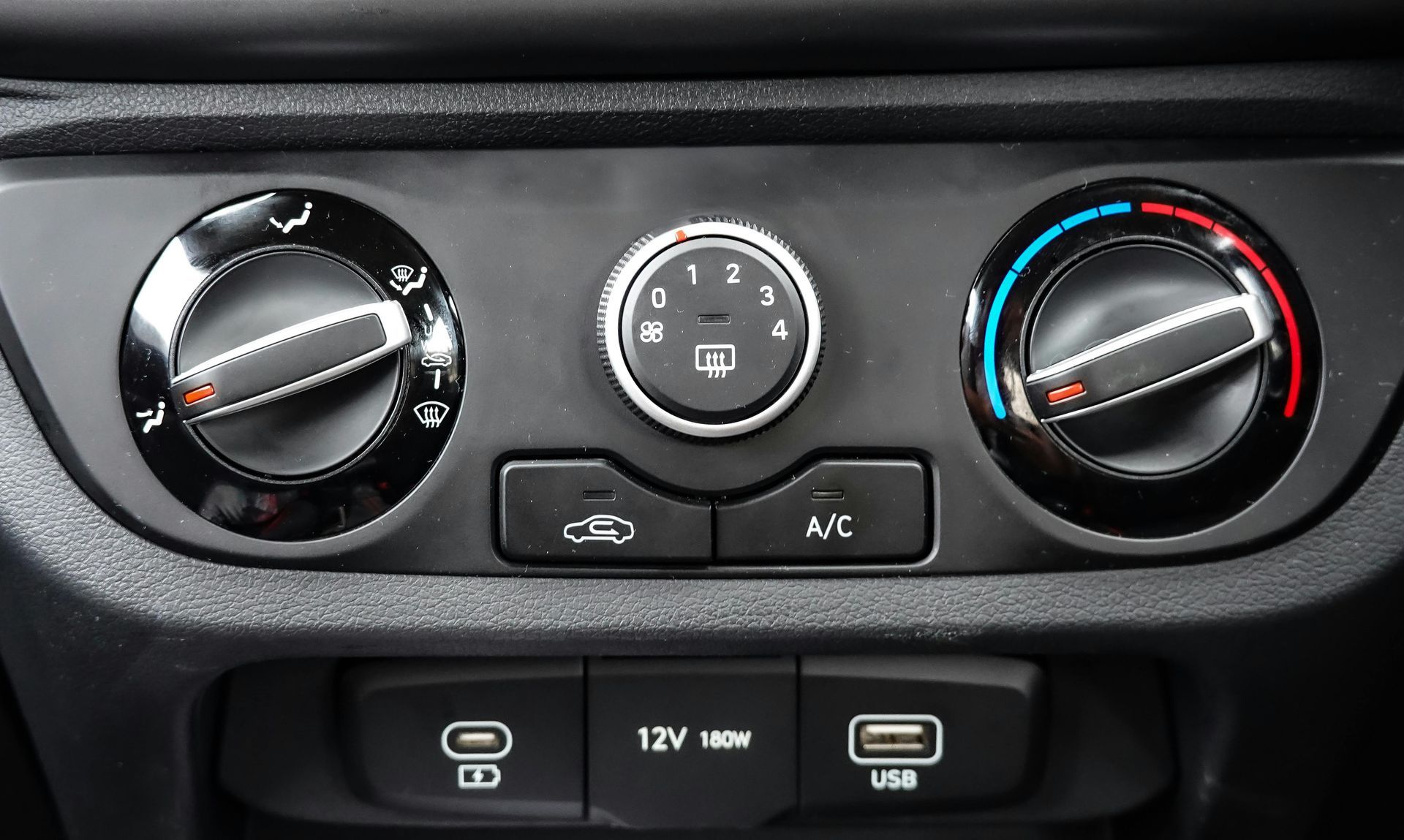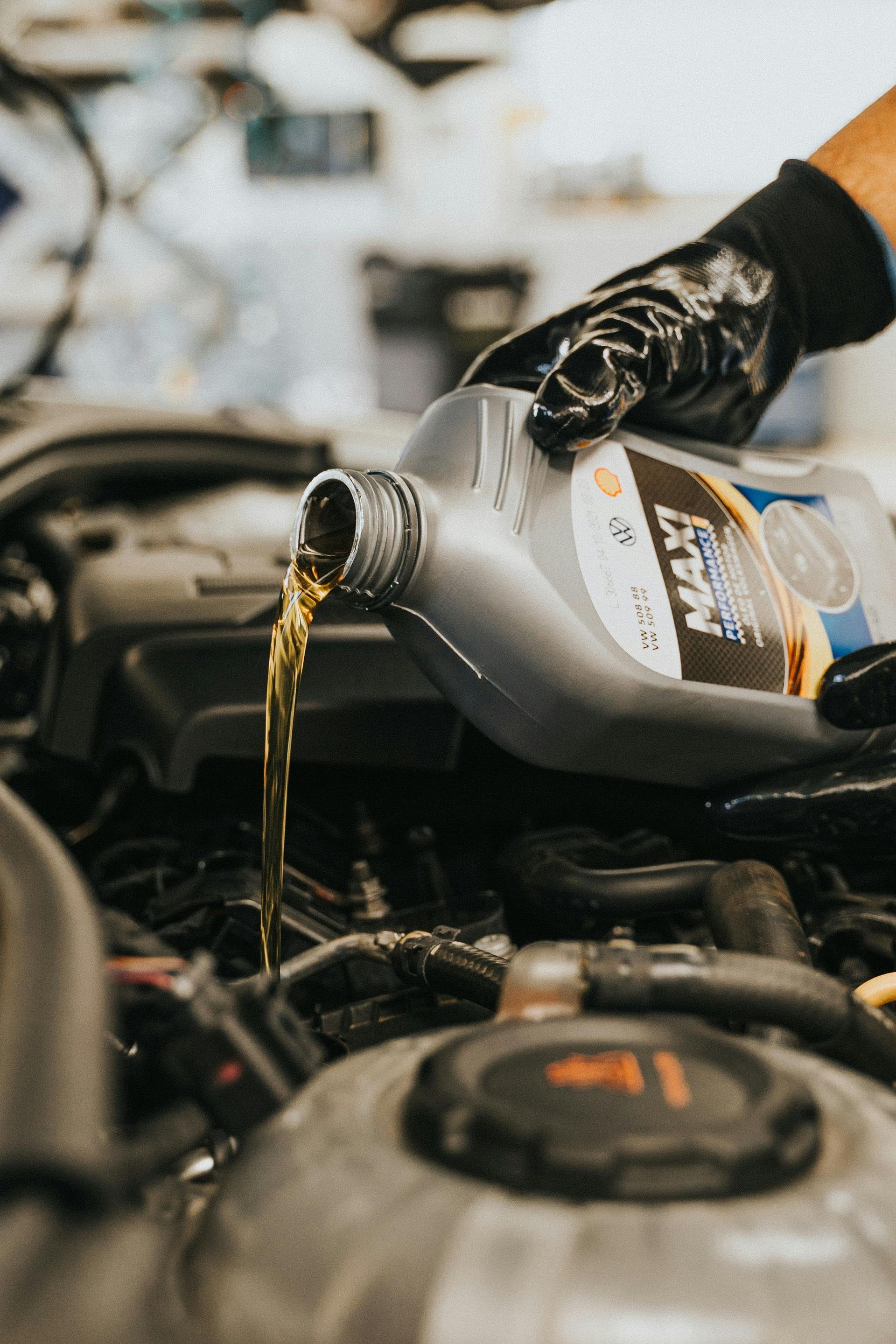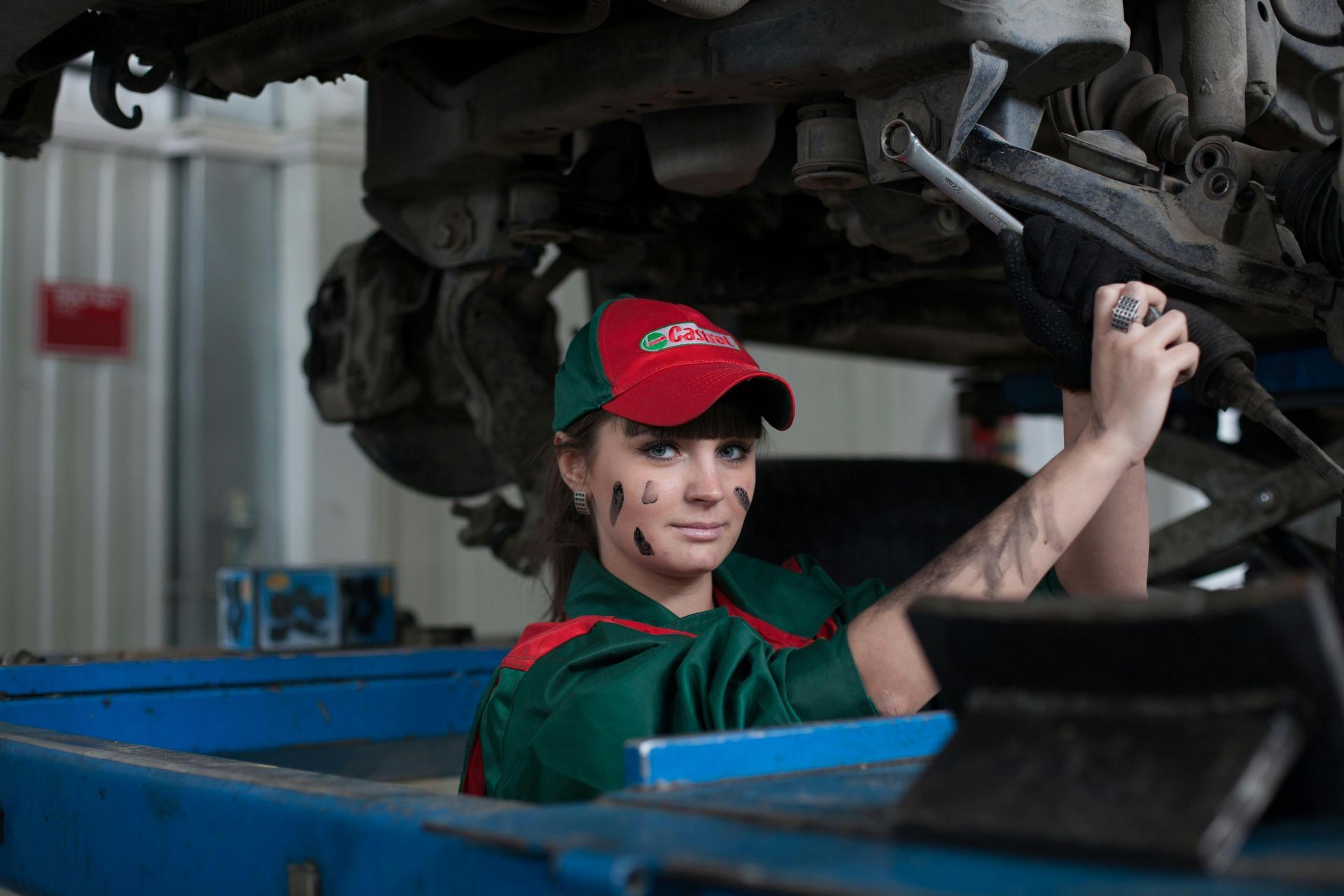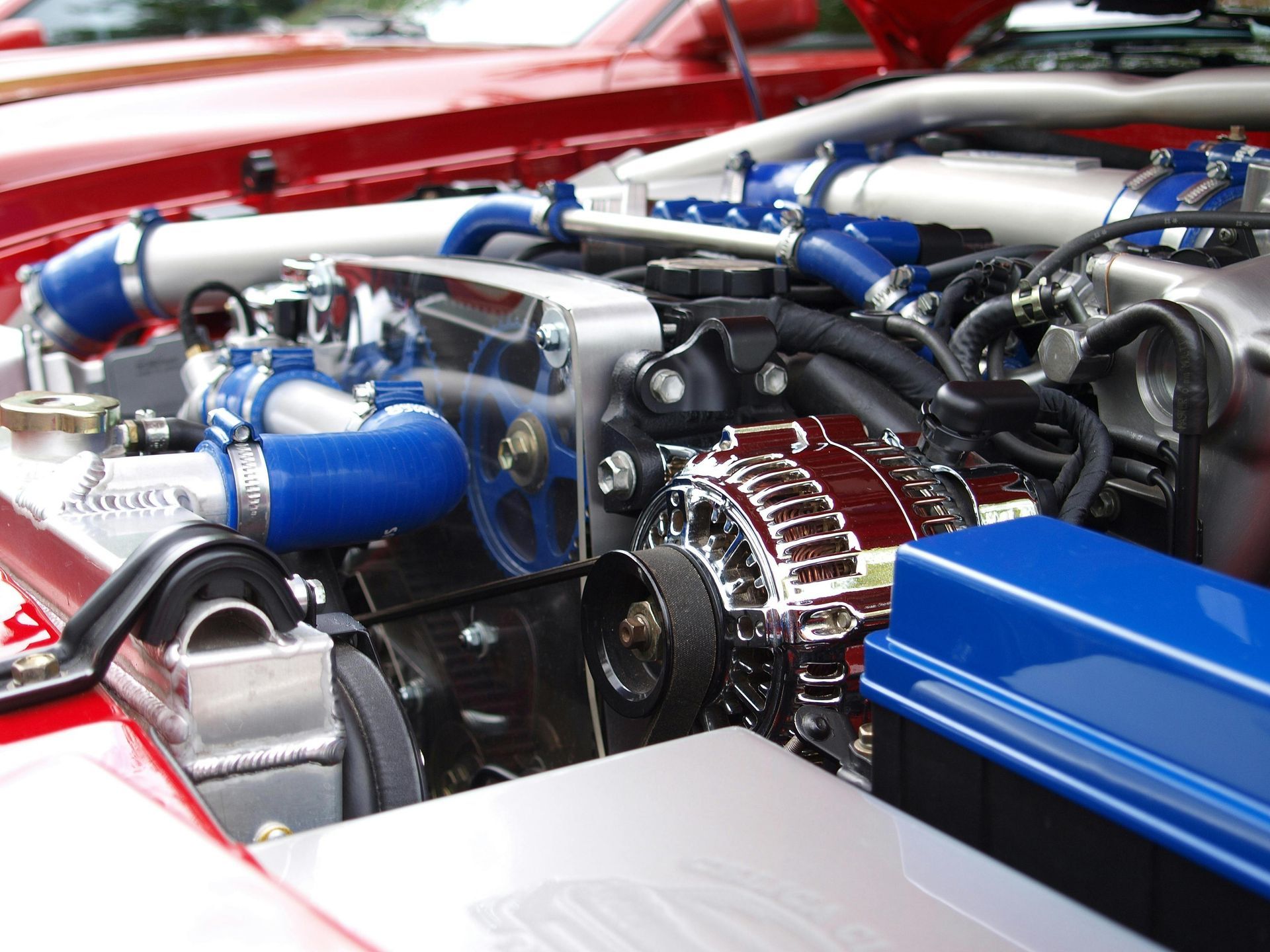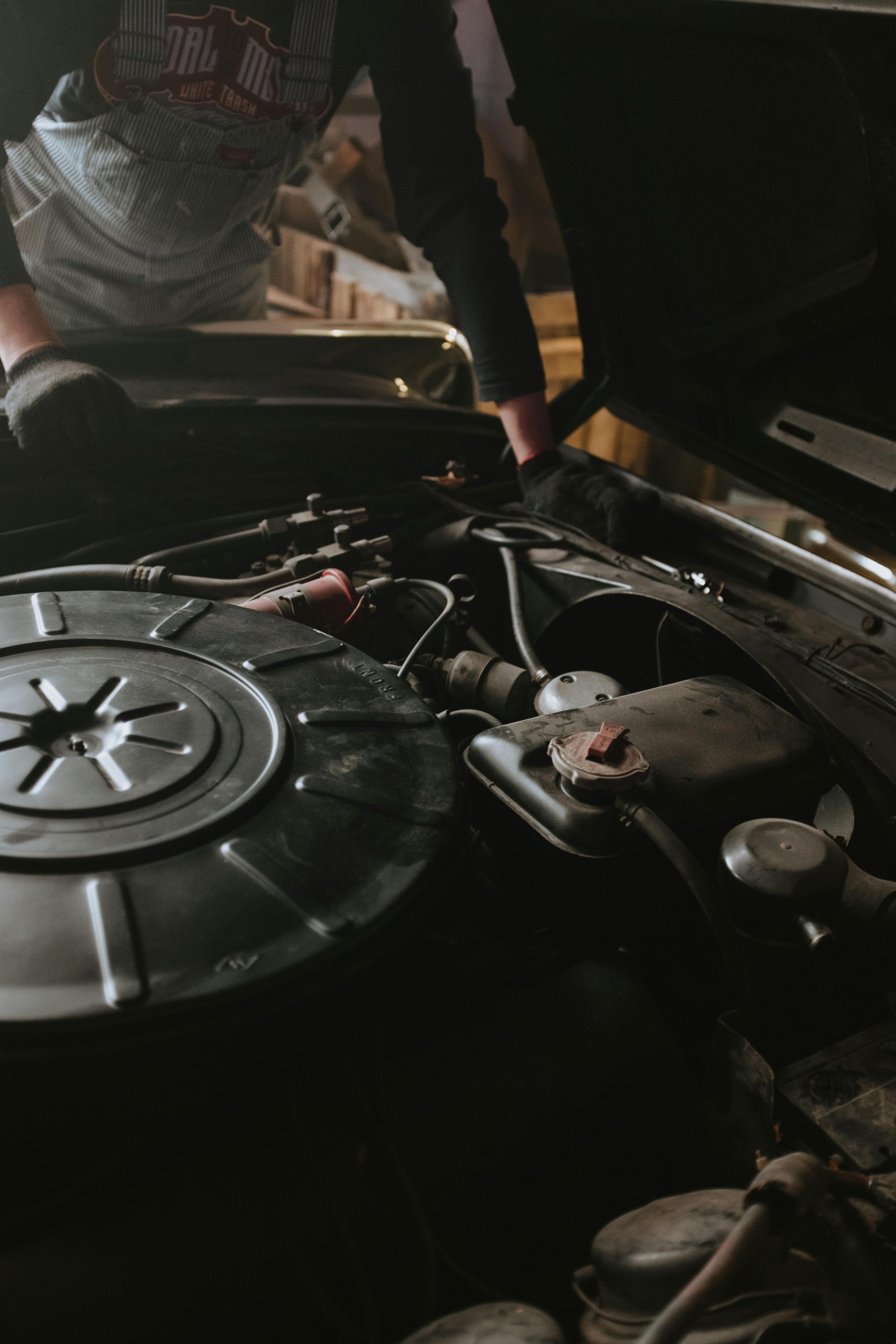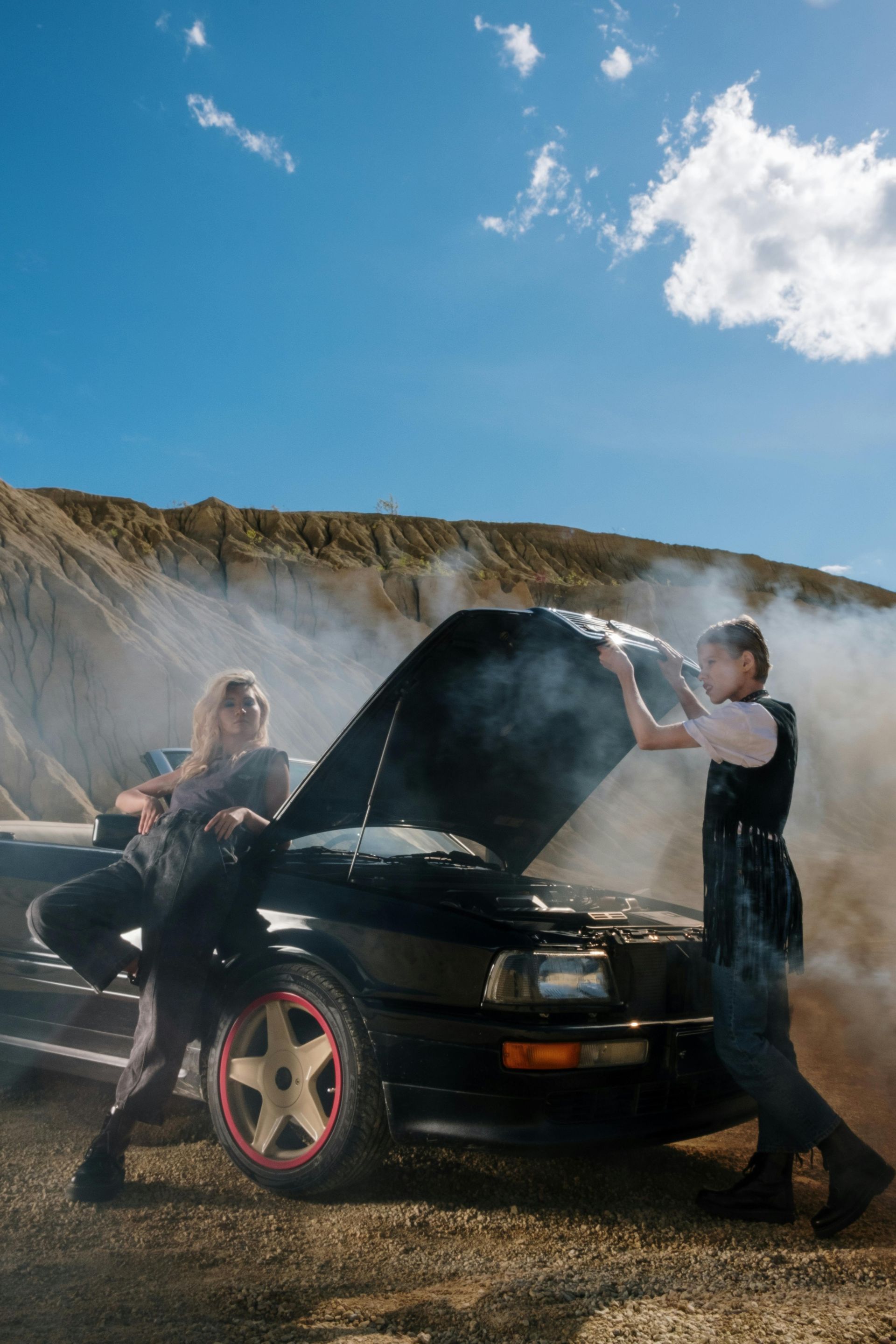Fall Car Care Checklist for Colorado Drivers
As autumn settles into Colorado Springs and the surrounding areas, it's time to prepare your vehicle for the changing seasons. With winter weather just around the corner and temperatures dropping in the Pikes Peak region, taking care of your car now can save you from costly repairs and dangerous breakdowns later.
Colorado's unpredictable weather patterns make fall maintenance especially important. From sudden snowstorms in the mountains to freezing temperatures that can hit the Springs overnight, your vehicle needs to be ready for whatever Mother Nature throws your way.
Check Your Tires and Alignment
Your tires are your first line of defense against Colorado's varied road conditions. Start by examining the tread depth on all four tires. A simple penny test works well – insert a penny into the tread with Lincoln's head facing down. If you can see the top of his head, it's time for new tires.
Don't forget to check tire pressure regularly. Cold Colorado mornings can cause tire pressure to drop significantly, affecting your fuel economy and handling. Most vehicles have recommended pressure levels listed on a sticker inside the driver's door.
While you're focused on tires, consider having your wheel alignment checked. Colorado Springs' pothole-filled streets and mountain driving can knock your wheels out of alignment, causing uneven tire wear and poor handling.
Inspect Your Brakes
With icy conditions ahead, reliable brakes are essential for safe driving in Colorado. Listen for squealing, grinding, or unusual noises when braking. Pay attention to how your brake pedal feels – it should be firm, not spongy or requiring extra pressure.
Mountain driving puts extra stress on brake systems, especially when coming down from popular destinations like Manitou Springs or Woodland Park. Have your brake pads, rotors, and brake fluid checked before winter arrives.
Test Your Battery and Electrical System
Cold weather is tough on car batteries. Colorado's temperature swings can reduce battery capacity by up to 50%. If your battery is more than three years old, have it tested to ensure it can handle freezing temperatures.
Clean any corrosion from battery terminals and make sure connections are tight. Consider keeping jumper cables in your vehicle – they're invaluable during Colorado winters when batteries are more likely to fail.
Service Your Engine and Oil
Regular oil changes become even more critical as temperatures drop. Cold weather makes oil thicker, making it harder for your engine to start and operate efficiently. If you haven't had an oil change recently, now's the perfect time.
Check all fluid levels, including coolant, transmission fluid, and windshield washer fluid. Colorado's dry climate and road salt can quickly deplete washer fluid, so keep it topped off with a winter-grade formula that won't freeze.
Prepare Your Heating and Cooling System
Before you need your heater on those chilly Colorado Springs mornings, test your heating and air conditioning system. A properly functioning system isn't just about comfort – it's essential for defrosting windows and maintaining visibility.
Check your cabin air filter too. Colorado's dust and pollen can clog filters quickly, reducing heating efficiency and air quality inside your vehicle.
Don't Forget Your Timing Belt
Timing belt failure can cause catastrophic engine damage, and cold weather can make older belts more likely to snap. If your vehicle has high mileage or it's been a while since your timing belt was replaced, have it inspected by a professional.
Most timing belts need replacement between 60,000 and 100,000 miles, depending on your vehicle's make and model.
Stock Your Emergency Kit
Colorado weather can change rapidly, especially in the mountains. Prepare an emergency kit with essentials like:
- Warm blankets and extra clothing
- Non-perishable snacks and water
- Flashlight and extra batteries
- First aid supplies
- Ice scraper and snow brush
- Jumper cables
- Basic tools
Schedule Your Suspension Service
Colorado's rough roads and mountain terrain are hard on suspension systems. Worn shocks and struts affect handling, braking distance, and tire wear. If you notice your vehicle bouncing excessively, pulling to one side, or if tires are wearing unevenly, your suspension may need attention.
Plan Ahead for Winter Driving
Consider switching to winter tires if you frequently drive in mountain areas or expect to encounter snow and ice regularly. All-season tires work for many Colorado Springs residents, but winter tires provide superior traction in harsh conditions.
Keep your gas tank at least half full during winter months. This prevents fuel lines from freezing and ensures you have enough fuel if you get stuck in traffic during a snowstorm.
Ready to Get Your Vehicle Winter-Ready?
Don't wait until the first snowfall to discover your car isn't ready for Colorado's challenging winter conditions. At Action Automotive Service, our experienced technicians can handle every item on your fall maintenance checklist – from brake inspections and oil changes to timing belt service and suspension work.
Located at 3335 Fillmore Ridge Heights in Colorado Springs, we're your trusted partner for keeping your vehicle safe and reliable through every season. We work on all domestic and foreign vehicles, and we're proud to offer a 10% military discount to honor those who serve our community.
Call us today at (719) 633-0008 or book your appointment online. Let us help you prepare your vehicle for whatever Colorado weather brings your way.
